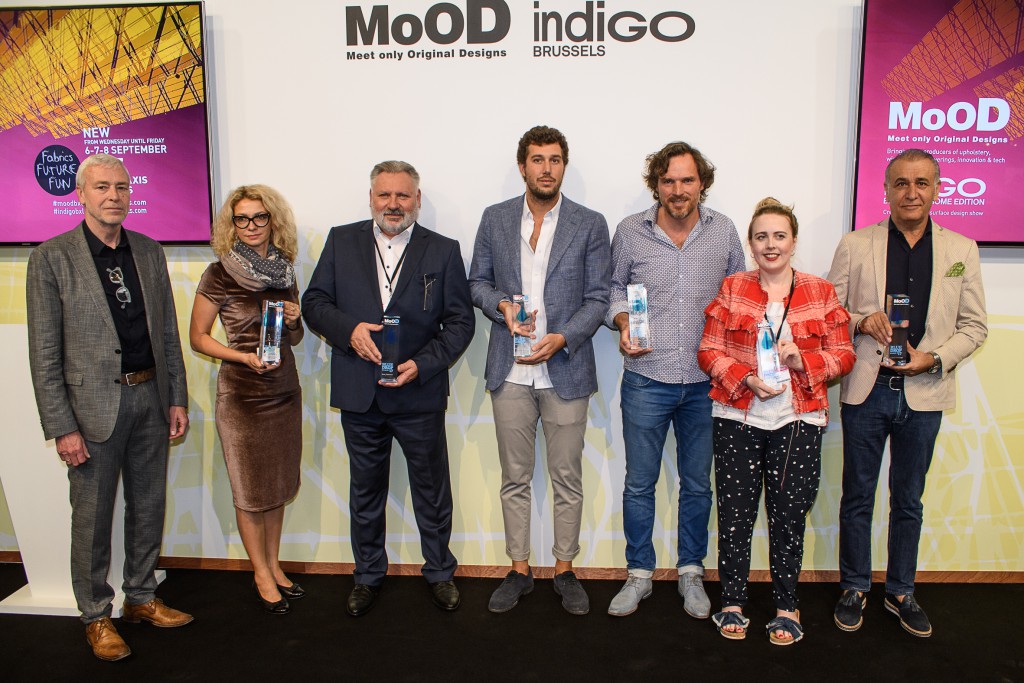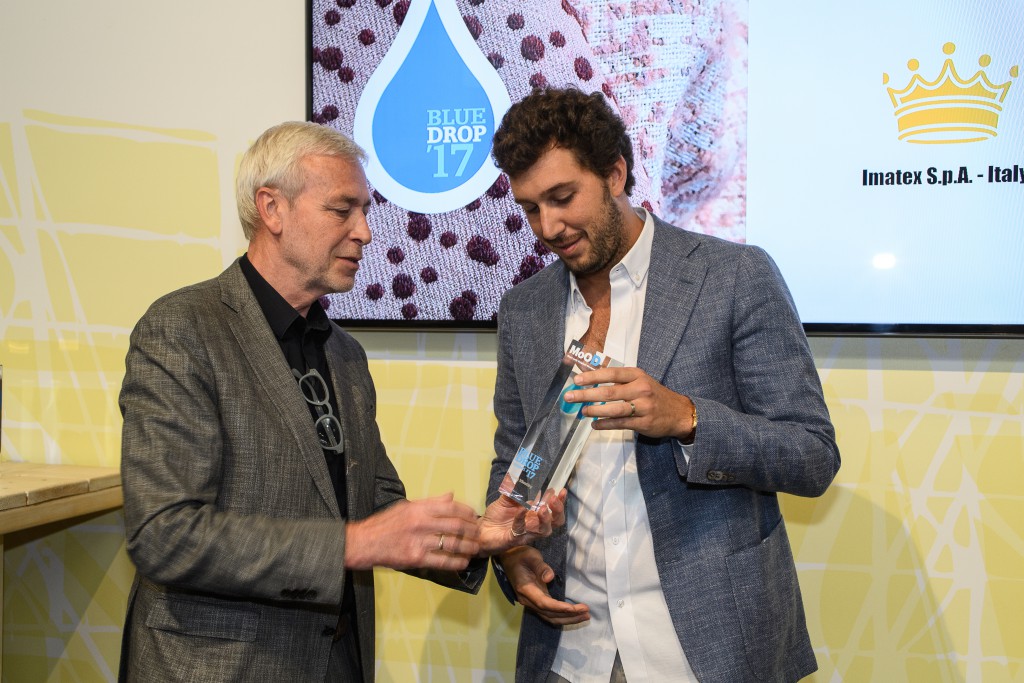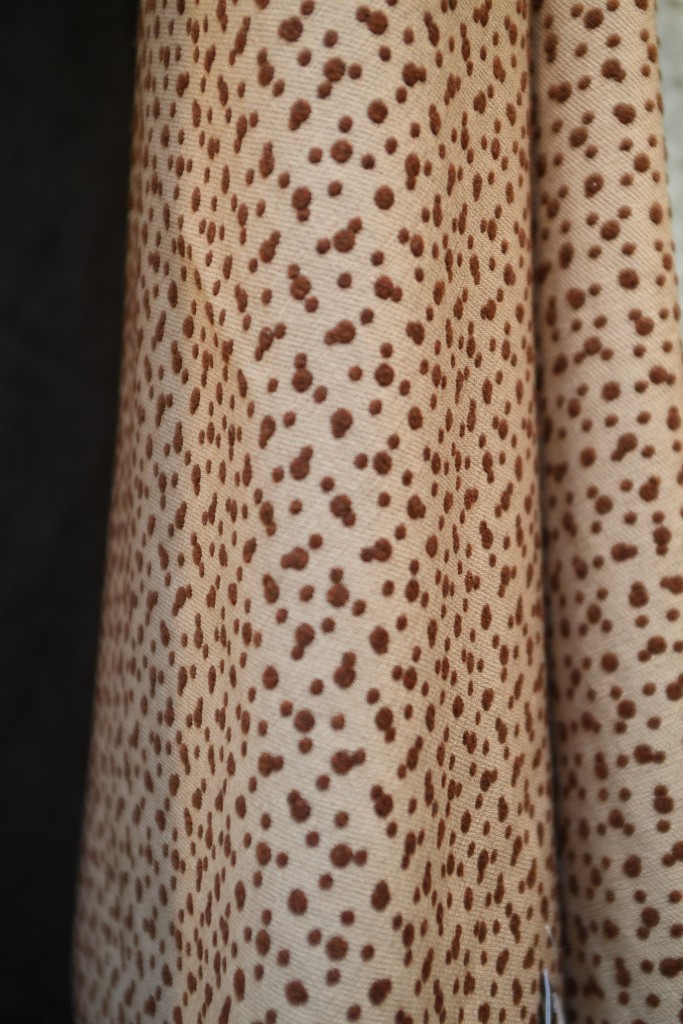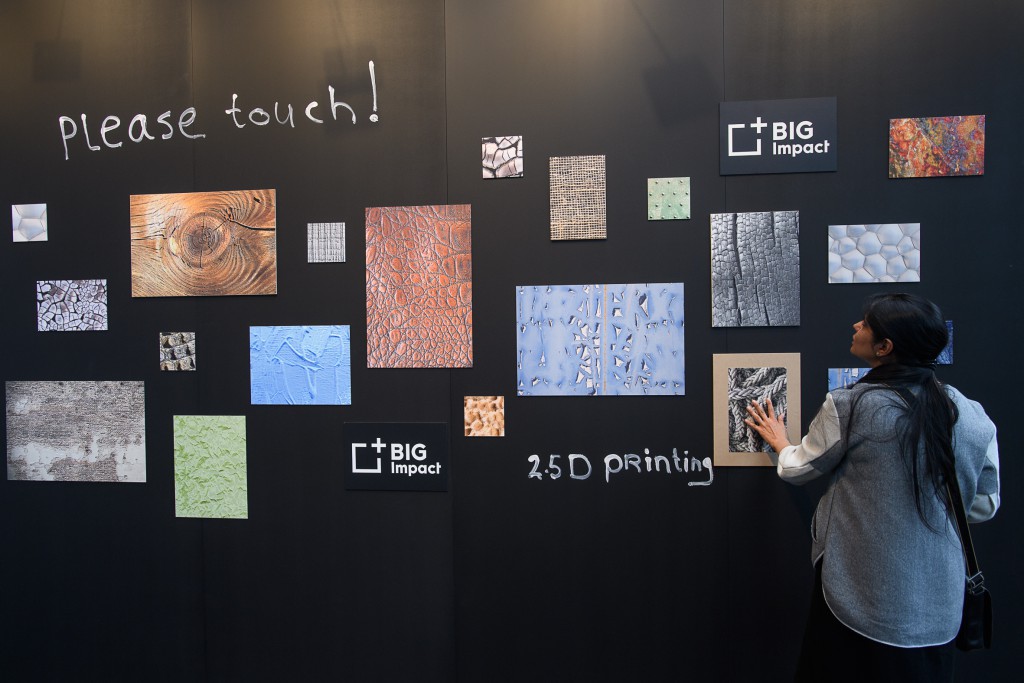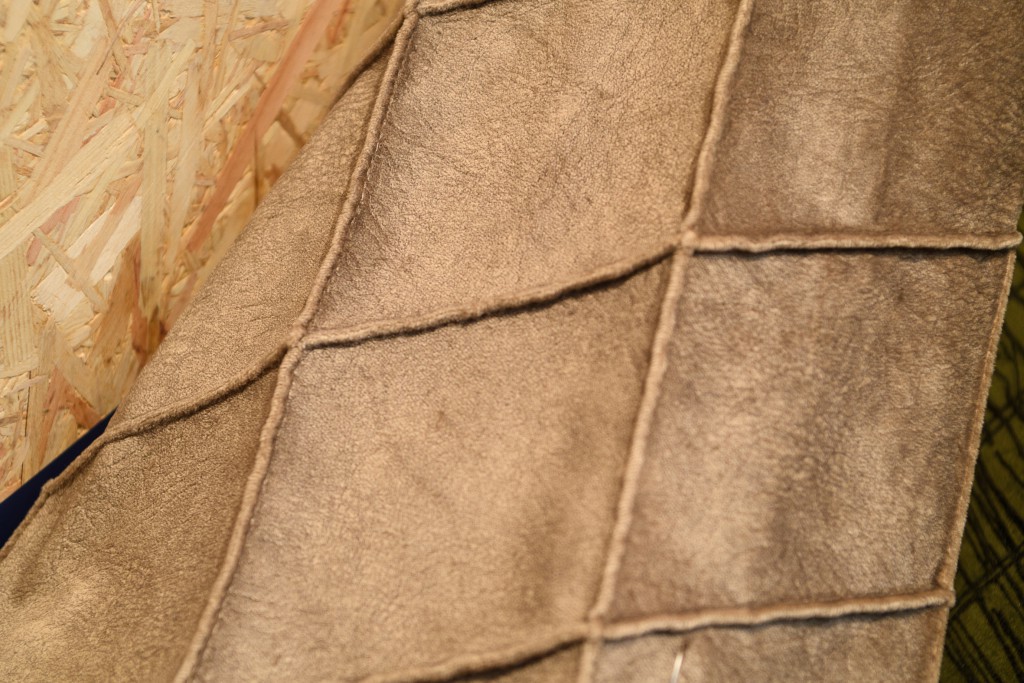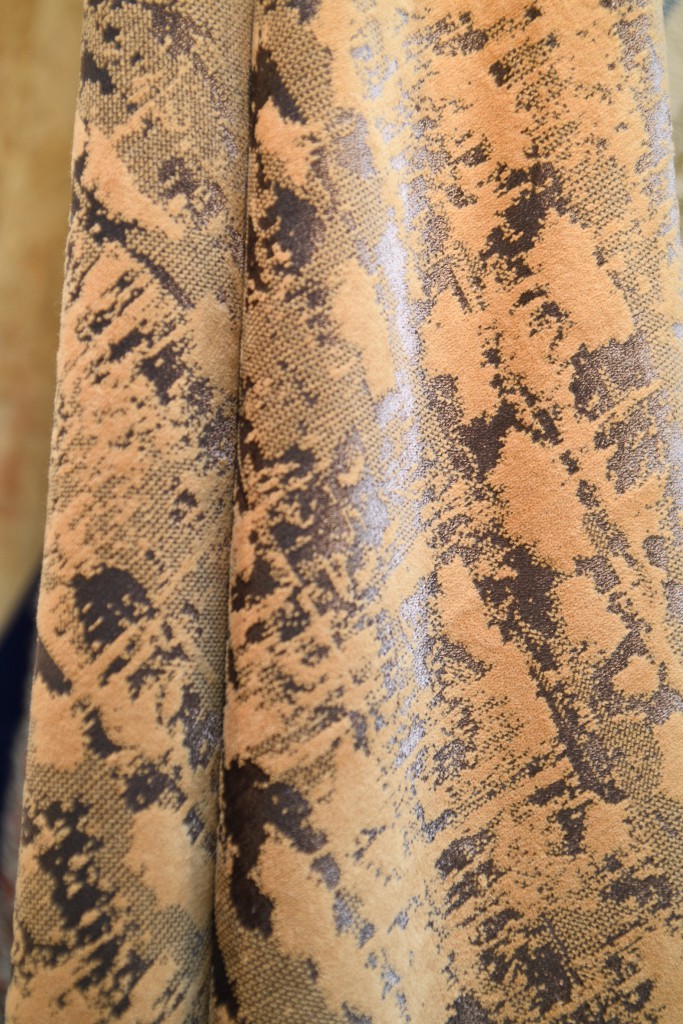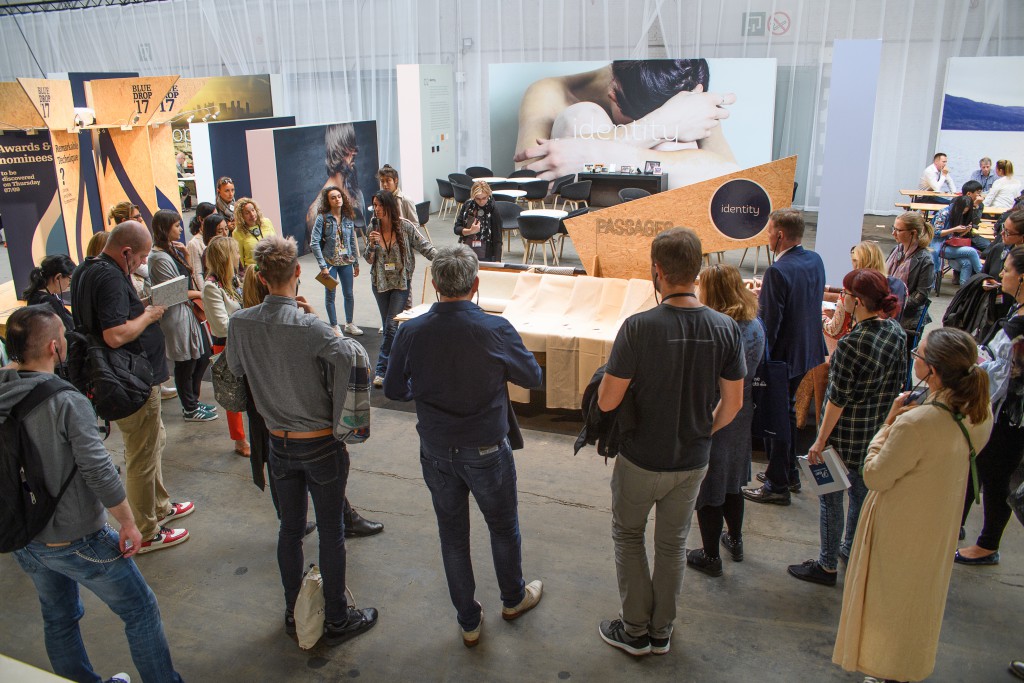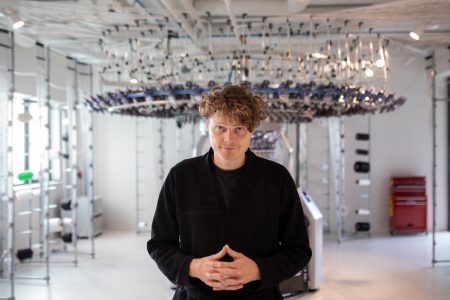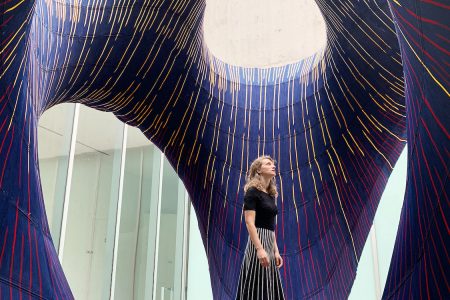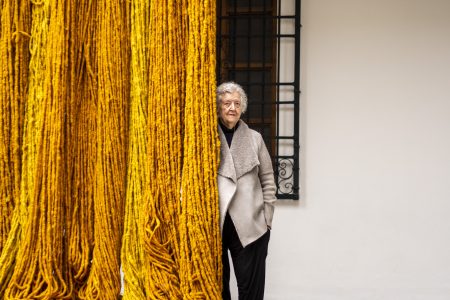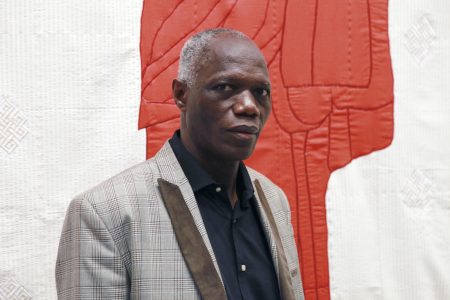Looking Back: MoOD & Indigo Brussels 2017
We spoke with MoOD & Indigo’s director Patrick Geysels about the lessons learned during this year’s fair —among them, why heritage is as important as innovation and… well, gold
The devil of innovation is in the details: just ask Patrick Geysels, the director of the MoOD upholstery and coverings fair and the Indigo surface pattern design show. The joint event, which took place a few weeks ago at Brussels’ Tour & Taxis, is a veritable who’s who of the textile industry in Europe. There, Geysels had a front row seat to witness how technological innovations focused on the hidden creases of fabrics can have a strong impact on the industry.
Looking back at the results of this year’s show, we talked about the ingenuity of those innovators and the major trends emerging in the interior decoration industry, with its paradoxical search for both more humanity and more technology.
TLmag: What was the response to the digital printing section? Which development, from the inks to to the software, were visitors most excited about?
Patrick Geysels: For the second time in a row, we’re paying attention to digital printing. We’re absolutely convinced that it presents enormous potential opportunities for the future. One of the exhibitors people were most excited about was 2.5D, from BigImpact —and it won one of the [Blue Drop] awards.
TLmag: You do celebrate the future with this type of textural technology, but you also acknowledged the past with the Blue Drop winner in the Strong Identity category: the jury awarded the prize to Imatex, “for creating a brand identity based on the heritage of the family business.” What were your criteria for that choice?
PG: We wanted to give an award not to one fabric, one creation, but to a collection. Identity is based in uniqueness. Our industry has very few groundbreaking innovations, and new opportunities are hidden in the small details —for instance, in materials and patterns. That’s why Jacopo Mazzola, from Imatex, invests a lot in R&D in his own company. He’s young, he’s 28, and he says that it’s important for him to stay connected to the roots of the company: he draws a lot of inspiration from their archives. Traditional design can become more contemporary with new technology and innovative yarns. This was the basis for the jury to choose Imatex. Jacopo has a clear view of the future of the textile business.
TLmag: Speaking of the Blue Drop award, in the Circular Material category the winner was Audejas with its understated re-engineered wool. I think one of the most straightforward eco-centric lines I’ve read in journalism was from a New Yorker piece on IKEA, which stated that “when IKEA stopped selling incandescent light bulbs, last year, six hundred and twenty-six million people became environmentalists.” In the United States you also have brands like Reformation, who sell hip clothes made of leftover fabrics –and turn their customers into accidental environmentalists. Do you think the “oh, and by the way, this is upcycled” strategy is the path towards eco-friendlier textiles in the industry?
PG: It’s not an easy question. It’s more than the re-engineered wool itself: it’s about having a program inside companies to really put eco values in the center of their activity. We strongly believe that if more companies were ready to make a choice towards recycled materials, more people could be come accidental environmentalists —just like most of us nowadays are accidental polluters, because the market today doesn’t leave us much choice.
TLmag: Why is there such a strong representation of the Belgian industry in the upholstery selection?
PG: That’s a question of tradition and identity. If you look to Europe, you have three countries in our business that are important: the Italians, the Spaniards and the Belgians. Every country has its own identity: the Italians are playing with their image of creativity; the Belgian industry has always been good in the mid and mid-high market, with weaving and upholstery; the Spaniards have lighter fabric, because they are located more to the south.
But let’s not forget the Turkish industry. It’s the biggest: there are approximately 450 companies —that’s a lot more than the Italian, Belgian and Spanish companies combined. The two biggest Turkish companies have more weaving machines than the sum of the Belgian industry; this gives you an idea of the power of their industry. We had good representatives at the fair: we selected approximately 30 out of these 450 companies, with high-end collections with the right designs and colours for the European market. The are many Turkish companies weaving traditional fabrics for their home market, the Russian market and the Middle East, but we know that if they come with these collections to Brussels it would make no sense —European buyers wouldn’t be interested in these type of traditional colours.
TLmag: But even though you know the European market well, what were the unexpected hits this time?
PG: Faux leather, a project by Nachik, an Israeli company. It’s so close to real leather that you could hardly tell the difference. It’s a product aimed at the contract market, the hotel business. In the last 10 years we’ve seen what people can do with simulated leather, and it’s amazing.
TLmag: What innovative technology did you see here that you’re sure will trickle down to the mainstream sooner rather than later?
PG: Well, actually, we haven’t seen conductive yarns yet; they could change the textile industry in the future. This technological evolution can conduct information, and it could play a role in the internet of things. Textiles can solve a lot of problems, from anti-static to acoustic issues. There’s still a lot to do in terms of textile innovation, and we hope to have these yarns at the fair in the future.
TLmag: Since you did have a series of guided walks focused on trends and colour inspirations, I have to ask: did a colour or a trend emerge as a clear path to follow in 2018?
PG: I asked the head of our trend team and she talked about skin colours, due to the need for more humanity in a society driven by technology.
TLmag: Also, the fashion industry has finally been providing ethnically diverse tonalities of skin tones in the “nude” category, from shoes to underwear.
PG: Fashion runs faster, in terms of colours and design, than the interior decoration business, but there is a strong link between both. If you see skin colours coming up in fashion, be sure that six months later you’ll find the same thing in interior decoration.
On the other hand, gold is also on the rise.
TLmag: Is that because of Donald Trump?
PG: (Laughs) Maybe! I read an article two days ago that the price of gold went up. Maybe we can also link that to an economic topic.
